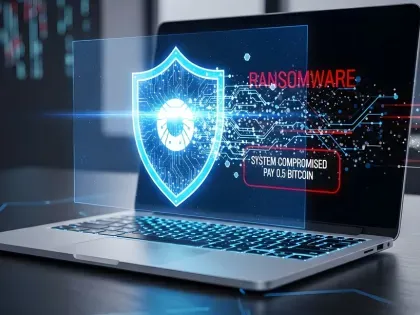Explore expert perspectives, data-driven strategies, and the latest trends in cybersecurity, third-party risk management, and cyber threat intel — all from the leader in cyber risk intelligence.
Blog

Featured blog
Security Operations Centers are overwhelmed by alerts, often reacting to threats as they appear rather than anticipating them. Learn how CTI informs SOC teams.









